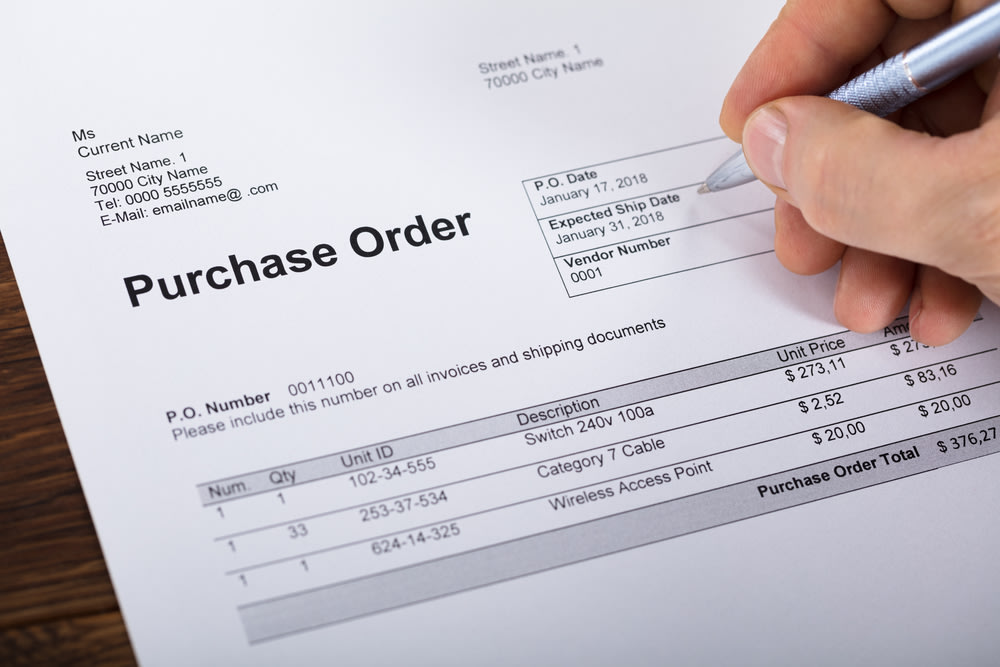In the dynamic world of business finance, the integration of purchase order forms into accounting systems stands as a pivotal process for enhancing operational efficiency and financial accuracy. With the advent of digital solutions, the availability of free purchase order templates and forms has made this integration more accessible to businesses of all sizes. However, the real challenge lies in effectively merging these tools into existing accounting frameworks. This detailed guide delves into the nuances of integrating purchase order forms, with a focus on leveraging free purchase order resources, into your accounting system to streamline processes, improve accuracy, and maintain financial control.
The Importance of Integrating Purchase Order Forms
Purchase order forms play a crucial role in business transactions, serving as binding agreements between buyers and sellers. Their integration into accounting systems ensures that financial records are accurate, expenditures are tracked efficiently, and budget compliance is maintained. It also aids in forecasting and financial planning by providing real-time data on pending and completed transactions.
Steps to Integrate Purchase Order Forms into Your Accounting System
Choosing the Right Tools
Start by selecting a free purchase order template that aligns with your business needs. Ensure that the template is compatible with your accounting software for seamless integration.
Customization and Standardization
Customize the chosen template to reflect your business’s unique needs, including necessary fields such as vendor details, payment terms, and item descriptions. Standardizing these forms across the organization ensures consistency in data entry and reporting.
Software Integration
Integrate the purchase order system with your accounting software. This can be done through direct integration if the platforms are compatible or through the use of middleware or APIs (Application Programming Interfaces).
Training and Implementation
Train your team on how to use the integrated system. This includes understanding how to generate, approve, and manage purchase orders within the accounting system.
Data Synchronization
Ensure that data between purchase orders and the accounting system is synchronized. This includes matching purchase orders with invoices and receipts for accurate financial reporting.
Monitoring and Auditing
Regularly monitor and audit the integrated system. This helps identify any discrepancies or inefficiencies and ensures compliance with financial policies and regulations.
Benefits of Integration
- Improved Accuracy: Reduces the risk of errors in financial data entry and processing.
- Enhanced Efficiency: Streamlines procurement and accounting processes, saving time and resources.
- Better Financial Control: Provides a clear picture of expenditures and helps in budget management.
- Real-Time Reporting: Offers up-to-date financial data for better decision-making and planning.
Key Considerations
- Compatibility: Ensure the purchase order form is compatible with your accounting software.
- Security: Maintain high-security standards to protect sensitive financial data.
- Compliance: Ensure that the integrated system complies with financial regulations and standards.
FAQs
Q: What are the advantages of using free purchase order templates?
A: Free purchase order templates are cost-effective, customizable, and can be easily integrated into most accounting systems, making them accessible for businesses of all sizes.
Q: How do I ensure the compatibility of purchase order forms with my accounting software?
A: Check the software specifications or consult with the software provider to ensure compatibility. In some cases, custom APIs or middleware may be required for integration.
Q: Can integrating purchase order forms into my accounting system help with financial forecasting?
A: Yes, it provides accurate, real-time data on expenditures, which is essential for effective financial forecasting and planning.
Q: What should I do if I encounter discrepancies after integration?
A: Regular audits and monitoring are essential. If discrepancies are found, investigate the source of the issue and make necessary adjustments to the system or processes.
Q: Is it necessary to train my team on the integrated system?
A: Yes, training is crucial for ensuring that your team is proficient in using the new system, which is vital for achieving the desired efficiency and accuracy.
Conclusion
Integrating purchase order forms into your accounting system is a strategic move towards operational excellence in financial management. Leveraging free purchase order resources can be a cost-effective starting point for this integration. The key lies in choosing the right tools, customizing them to fit your business needs, and ensuring seamless synchronization with your accounting system. This integration not only streamlines your procurement and accounting processes but also enhances financial oversight, contributing significantly to the overall health and efficiency of your business operations.

